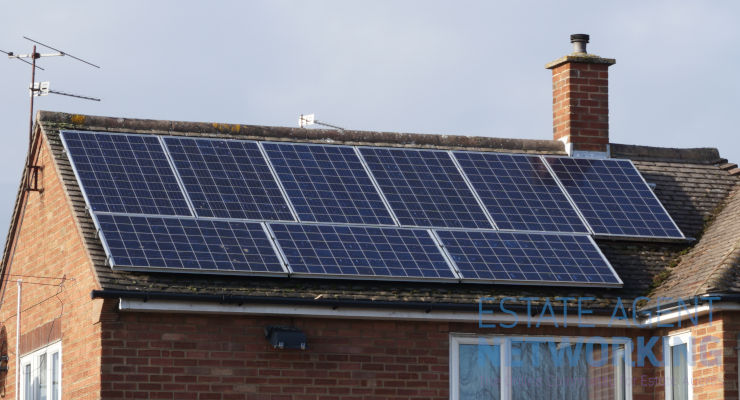Solar roof installations – are they still worth it for your home?
Putting solar panels on the roof of your house to generate your own electricity seems an attractive proposition. The technology is beautifully simple. Solar panels work by converting light energy from the sun to energy and, with the help of an inverter, convert it to AC mains electricity that you can use in your home or sell to the National Grid.
Less reliance on the National Grid means lower utility bills for your home while you’re doing your bit for the environment. But is it worth the financial investment? The short answer is yes, but let’s take a look at the likely costs and returns you can expect.
Government incentives
First off, there are no grants available for the government to pay for your domestic solar panel installation. Instead, there’s a solar panel scheme called the Feed-In-Tariff (FIT) which pays you money for 20 years’ energy generation using your panels.
FIT payments are calculated on the basis of the amount of energy you produce in kilowatts per hour (kWh). The tariff changes every year – in a downward direction if recent trends are anything to go by – but the rate you receive will be fixed for the entire 20 year period at the time you register with the scheme. If the tariff reduces subsequently, you won’t be affected.
What’s more, there’s no tax on the money your make from FIT payments, plus this income won’t count towards your tax free personal allowance, which is due to increase to £11,850 pa from April this year.
FIT going down
Domestic solar panel installations have come down substantially in price over the last few years, making the upfront outlay much more affordable to home owners. The FIT scheme was originally designed to subsidise the high cost of investment in an effort to get more people to commit to solar technology.
However, as the price of solar panels has reduced, so has the need for government subsidies. Assuming that prices continue to fall over the next 10 years, it is likely that the FIT scheme will eventually be abolished altogether.
The writing has been on the wall for some time. Back in the 2015 Budget, Chancellor George Osbourne announced a dramatic reduction of the Feed-In-Tariff by 87%, subsequently amended to 67%. This came on top of previous FIT rate cuts, as shown by the Ofgem figures below.
Standard solar PV receiving the higher FIT rate for a total installed capacity of 0-10 kW:
| Tariff (pence per kWh) | |
| Until Feb 2012 |
44.19 |
| March – July 2012 |
23.43 |
| Aug 2012 – October 2012 |
17.87 |
| November 2012 – December 2013 |
16.71 |
| January – December 2014 |
15.70 |
| January – March 2015 |
14.40 |
| April – September 2015 |
13.89 |
| October – December 2015 |
12.94 |
| January 2016 – March 2016 |
4.50 |
Since April 2016, FIT rates have continued to gradually reduce. The current rate, valid until March 2018 now stands at 3.93 pence per kWh, the lowest ever. What’s more, with the government wanting to further cut the amount of money spent on the FIT scheme, a cap was introduced to limit the number of people who can register for the scheme.
Whether the squeeze on FIT funding is solely the result of governmental budget constraints in the current economic climate, or whether it is a politically motivated move to renege on green commitments is up for debate.
Is it worth going solar in 2018?
With the FIT rate having plummeted to its lowest ever rate, you may be wondering if it is still worth installing solar panels on the roof of your home. If you do decide to go ahead, it will of course take you a lot longer to pay off the money you spent on the solar panel system, and the overall return on your investment over the 20 year span will be less.
Then again, solar panels are now significantly more affordable than they were, say, 6 years ago, so there is less to pay back. A Which? Survey carried out in June 2017 among solar panel owners found that the average cost of a 3.6-4kWp system was £12,076 in 2011/2012, reducing to £7,708 in 2013/2014 and to £6,426 in 2015/2017.
If you’re seriously considering a solar PV installation for your home, now may be the best time. With further predicted falls in FIT rates, it doesn’t take a rocket scientist to work out that the longer you leave it before committing to solar panels, the lower the return on your investment is going to be.
However, even at 3.93 p per kWh, you can still recoup your investment and make a bit of money on top. Assuming an investment of around £6,300 into a 4kWp solar PV system, take a look at these calculations to see how you will be making an overall profit of £4,370.53 over 20 years.
After the 20 years, FIT payments will no longer be made to you, but you will still continue to make savings on your energy bills every year. Given the seemingly never ending increase in electricity prices recently, these savings could be substantial.









